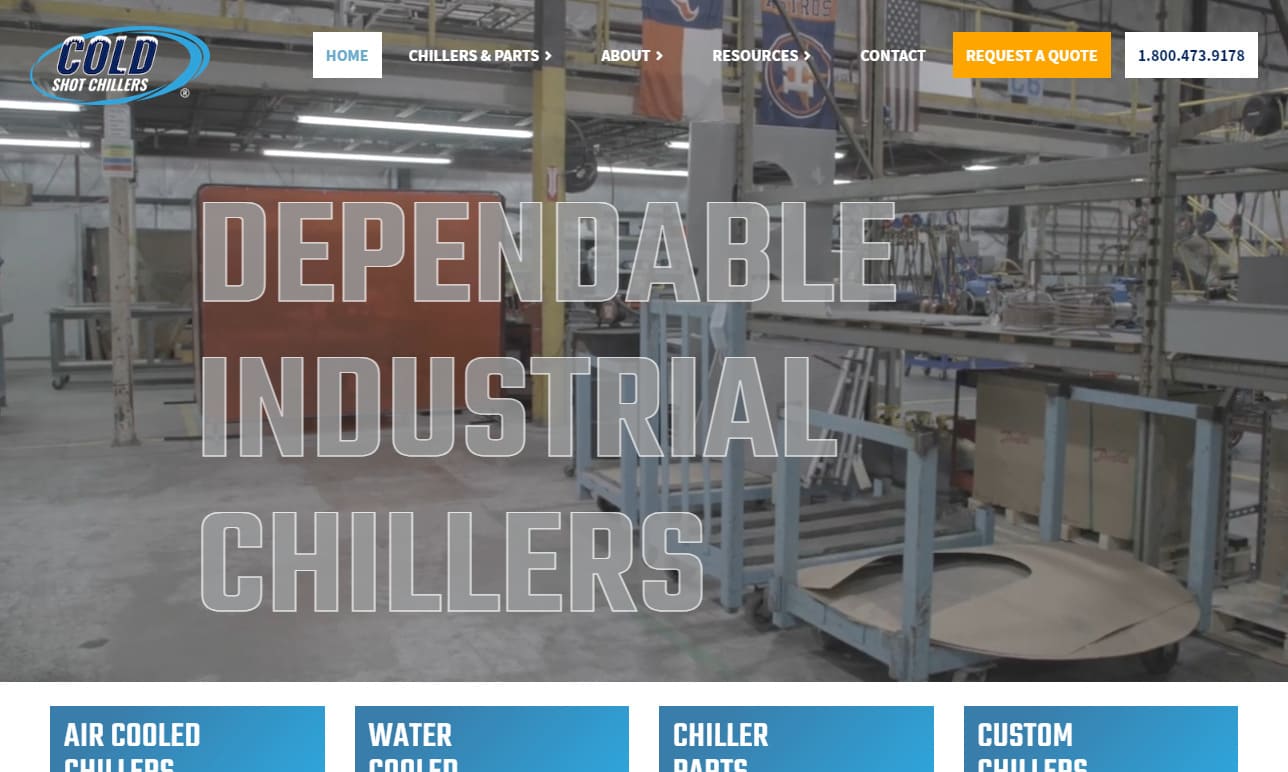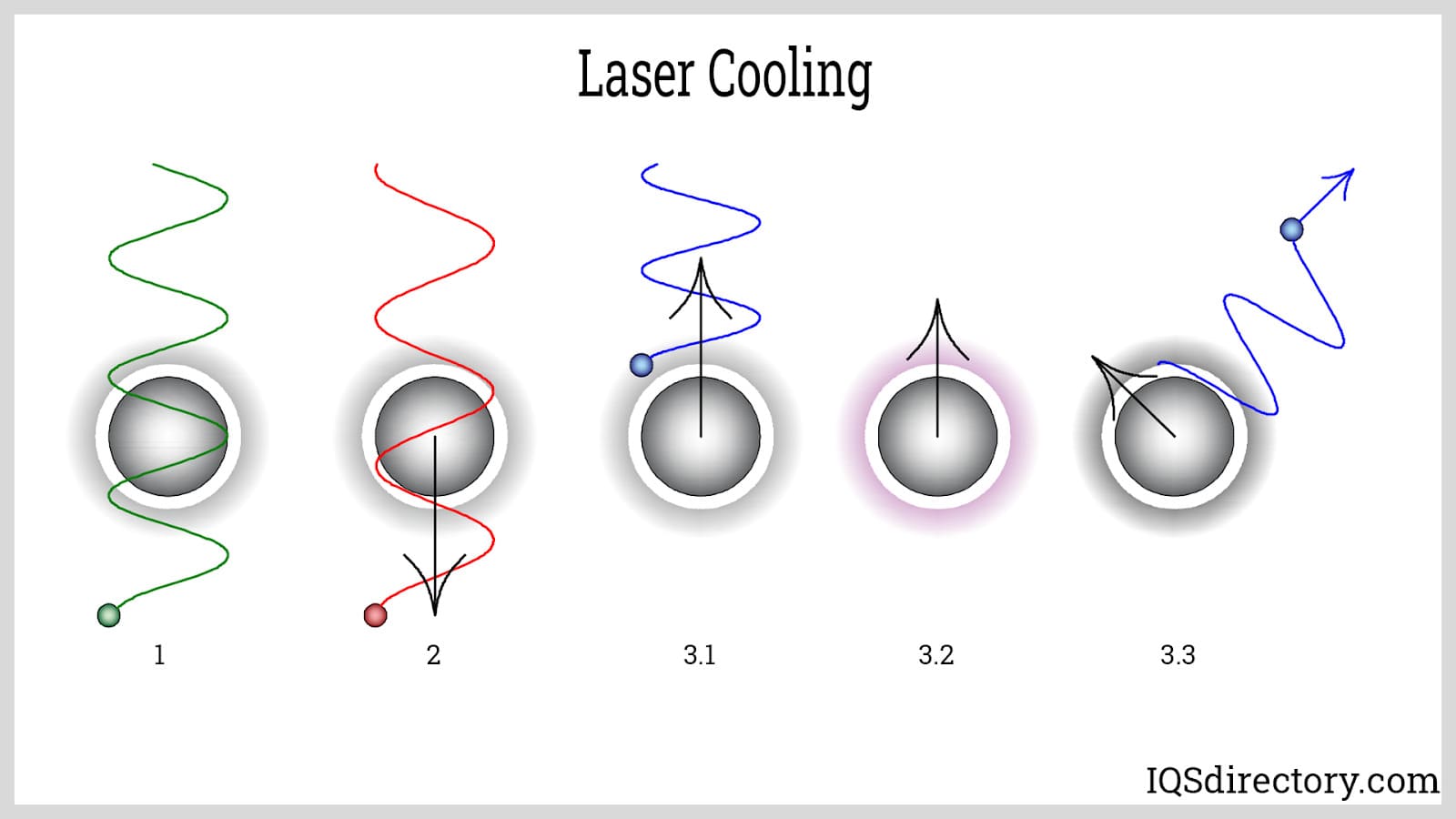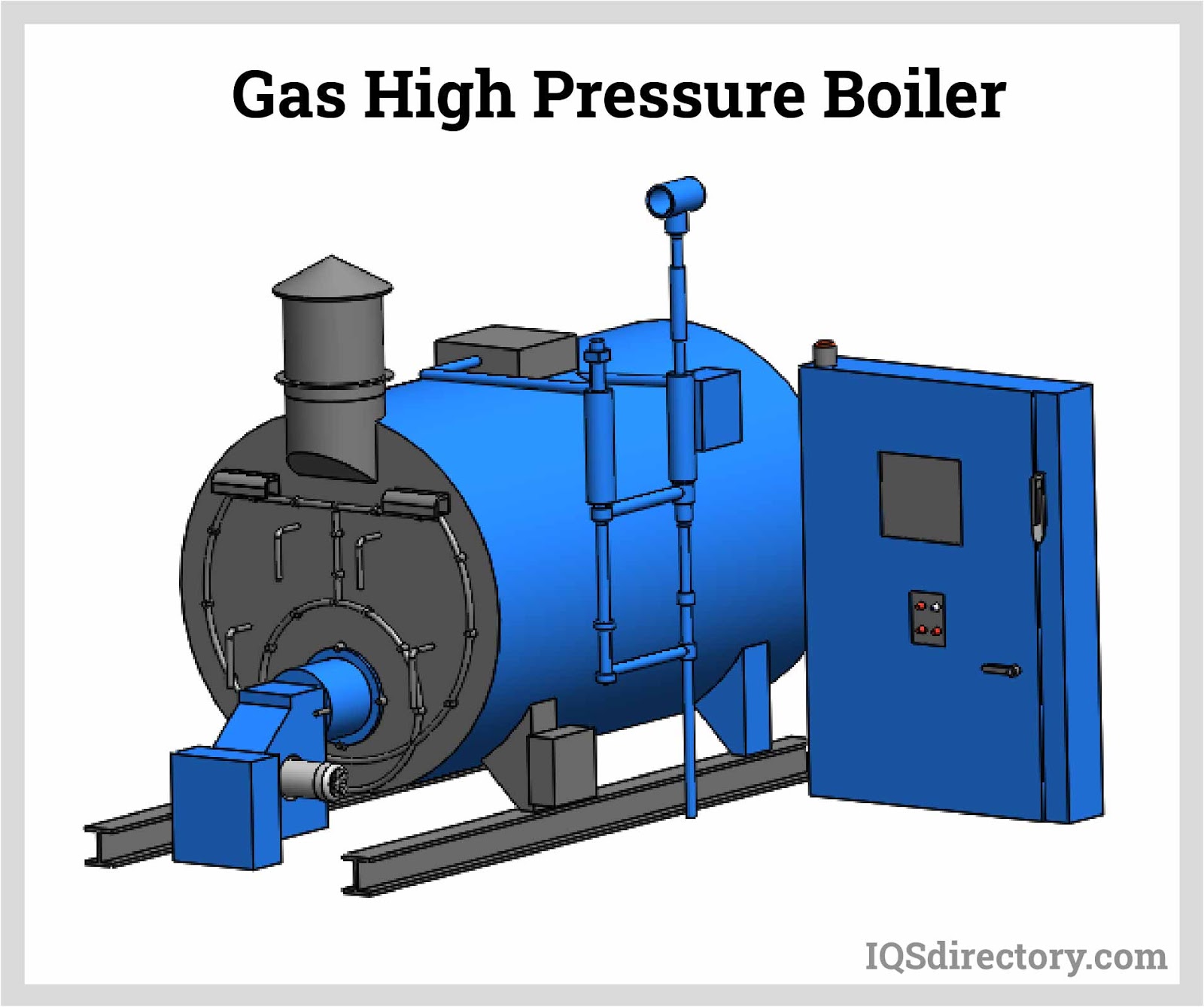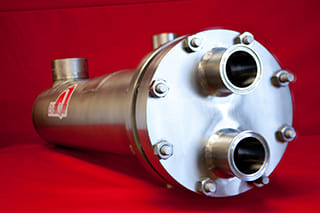A cooling tower is a specialized heat exchanger where air and water are brought into direct contact within it in order to lower the water temperature. A little amount of water evaporates during this process, bringing the temperature of the water flowing through the tower down. Read More…
Our cooling towers are installed and run flawlessly all over the world. Some of the largest supply houses in the country trust only CTS cooling towers to help them maintain smooth running operations vital in today's highly competitive economy. Our most common and popular cooling tower would be our T-2, counter flow induced draft, FRP (non-corrosive) cooling tower models, which are more energy...

At Delta Cooling Towers, Inc., we specialize in providing high-performance cooling solutions for a wide range of industries. Our innovative cooling towers are engineered to deliver optimal efficiency, durability, and reliability, ensuring that our clients experience effective temperature regulation in their operations.

At SPX Cooling Technologies, we specialize in providing innovative solutions for heat transfer needs through our wide range of high-performance cooling towers. We design, manufacture, and deliver custom-engineered systems that are built to meet the unique requirements of various industrial and commercial applications.

At Cold Shot Chillers, we create a number of chilling systems, including cooling towers. Our products are designed for durability and cost effectiveness. Our engineers can easily custom build any machine to fit the needs of a particular application.

More Cooling Tower System Manufacturers
How Cooling Towers Work
Tons of hot water can be produced by industrial operations and air conditioning equipment, which then needs to be cooled down. An industrial cooling tower can help with that. The cooling tower is where overheated water is directed and exposed to cool, dry air. Evaporation removes heat from the water in the cooling tower's recirculating system.

The cooling cycle then continues when the colder water is reintroduced into the air conditioning system or process to further chill it down. The water is fed through nozzles that spray the water in minute droplets across the fill when the warm condenser enters the cooling tower. This increases the surface area of the water and promotes improved heat loss through more evaporation.
Types of Cooling Towers
The different types of cooling towers include:
Crossflow Cooling Tower
The crossflow cooling tower is a member of the mechanical draft cooling tower family in which hot water rains down from the hot water basin at the top onto the cold water basin at the bottom and is cooled by the upward air flow. The apparatus has a fan on the roof to create airflow via the louvers and fills, allowing the hot water raindrops to be intercepted perpendicularly.

The tower's summit is where the drift exits. The crossflow cooling tower may function with flow rates as low as 30%, which is significantly less than the design limits. These towers can distribute water evenly across the fill since gravity is the only force drawing water through the nozzles.
Passive Draft Cooling Tower
In passive or natural draft cooling towers, air is drawn naturally throughout the structure by the upward motion of warmed air and a steep chimney construction. Hyperbolic towers are passive draft systems even though passive draft systems can have either a counterflow or crossflow transport design.

In order to increase indoor thermal comfort with little to no energy usage, passive cooling is a building-design strategy that focuses on controlling heat gain and heat dissipation in a building. With this strategy, heat is either kept out of the building, or prevented from entering the interior (heat gain prevention) (natural cooling) of the facility. Instead of using mechanical systems to dissipate heat, natural cooling uses locally-accessible energy from the environment along with architecturally-designed building components (such the building envelope).
Induced Draft Cooling Tower
A sort of mechanical draft tower known as an "induced draft tower" features one or more fans at the top that suck air upward in opposition to the water flowing downhill around the hardwood decking or packing.

The effectiveness of heat transmission is boosted because the airflow is in the opposite direction of the water flow, putting the warmest water at the top in contact with moist air and the coldest water at the bottom in contact with the driest air. The shape of an induced draft tower can be square or round, and there are two ways to distribute water: a static branch system or a sprinkler.
Hyperbolic Cooling Tower
Well-designed hyperbolic systems use a small amount of resources. In large chemical or power plants, these cooling towers may effectively handle large-scale activities yet use only limited resources. In hyperbolic systems, the damp, warmer air inside the tower is pushed by the cooler, outside air using a chimney-stacking approach. A splash fill is constructed at the base of the tower, and air moving upward cools the water that sprays over it.

Counterflow Cooling System
The counterflow cooling tower is the type of cooling tower design that provides the highest thermal performance for its usable area. Underneath the hot water distribution basin, the fill media is set horizontally, and the cooling process is carried out when air flows through the fill and absorbs heat from the water flowing down the fill. The process water stream flows in the opposite direction to the airflow, therefore the name of the design. The fan, which draws air through the fill media, is often positioned above the water-delivery nozzles (Induced draft). It might also be put in place at the tower's air inlet section to force air inside (forced draft).
Choosing the Correct Cooling Tower Systems Supplier
To make sure you have the most productive outcome when purchasing Cooling Tower Systems from a Cooling Tower Systems Company, it is important to compare at least 4 Companies using our list of Cooling Tower Systems suppliers. Each Cooling Tower Systems Supplier has a business profile page that highlights their areas of experience and capabilities and a contact form to directly communicate with the manufacturer for more information or request a quote. Review each Cooling Tower Systems business website using our patented website previewer to get an idea of what each business specializes in, and then use our simple RFQ form to contact multiple Cooling Tower Systems businesses with the same quote.














 Boilers
Boilers Chillers
Chillers Cooling Towers
Cooling Towers Furnaces
Furnaces Heat Exchangers
Heat Exchangers Heat Transfer Equipment
Heat Transfer Equipment Castings & Forgings
Castings & Forgings Bulk Material Handling
Bulk Material Handling Electrical & Electronic Components
Electrical & Electronic Components Flow Instrumentation
Flow Instrumentation Hardware
Hardware Material Handling Equipment
Material Handling Equipment Metal Cutting Services
Metal Cutting Services Metal Forming Services
Metal Forming Services Metal Suppliers
Metal Suppliers Motion Control Products
Motion Control Products Plant & Facility Equipment
Plant & Facility Equipment Plant & Facility Supplies
Plant & Facility Supplies Plastic Molding Processes
Plastic Molding Processes Pumps & Valves
Pumps & Valves Recycling Equipment
Recycling Equipment Rubber Products & Services
Rubber Products & Services